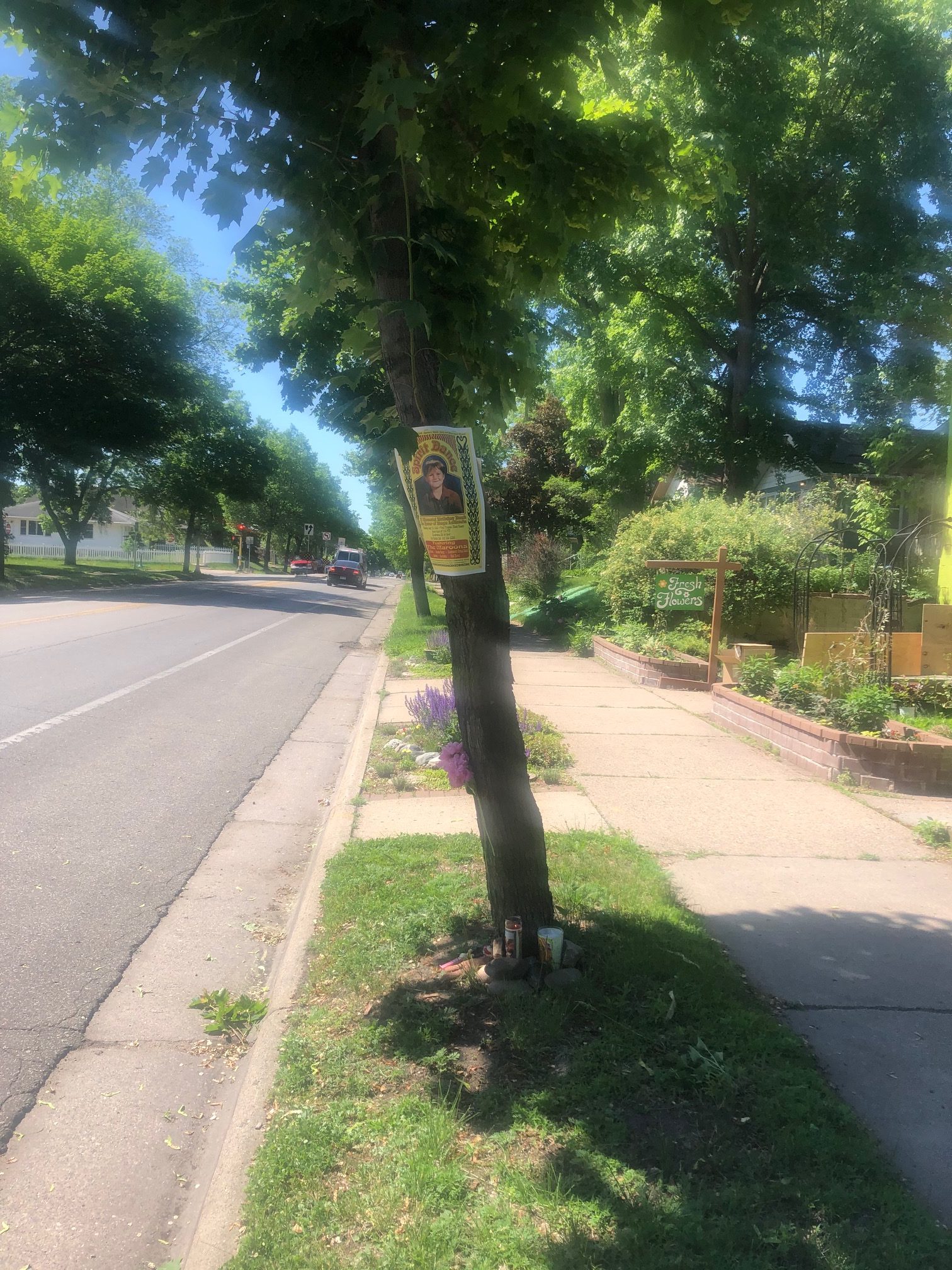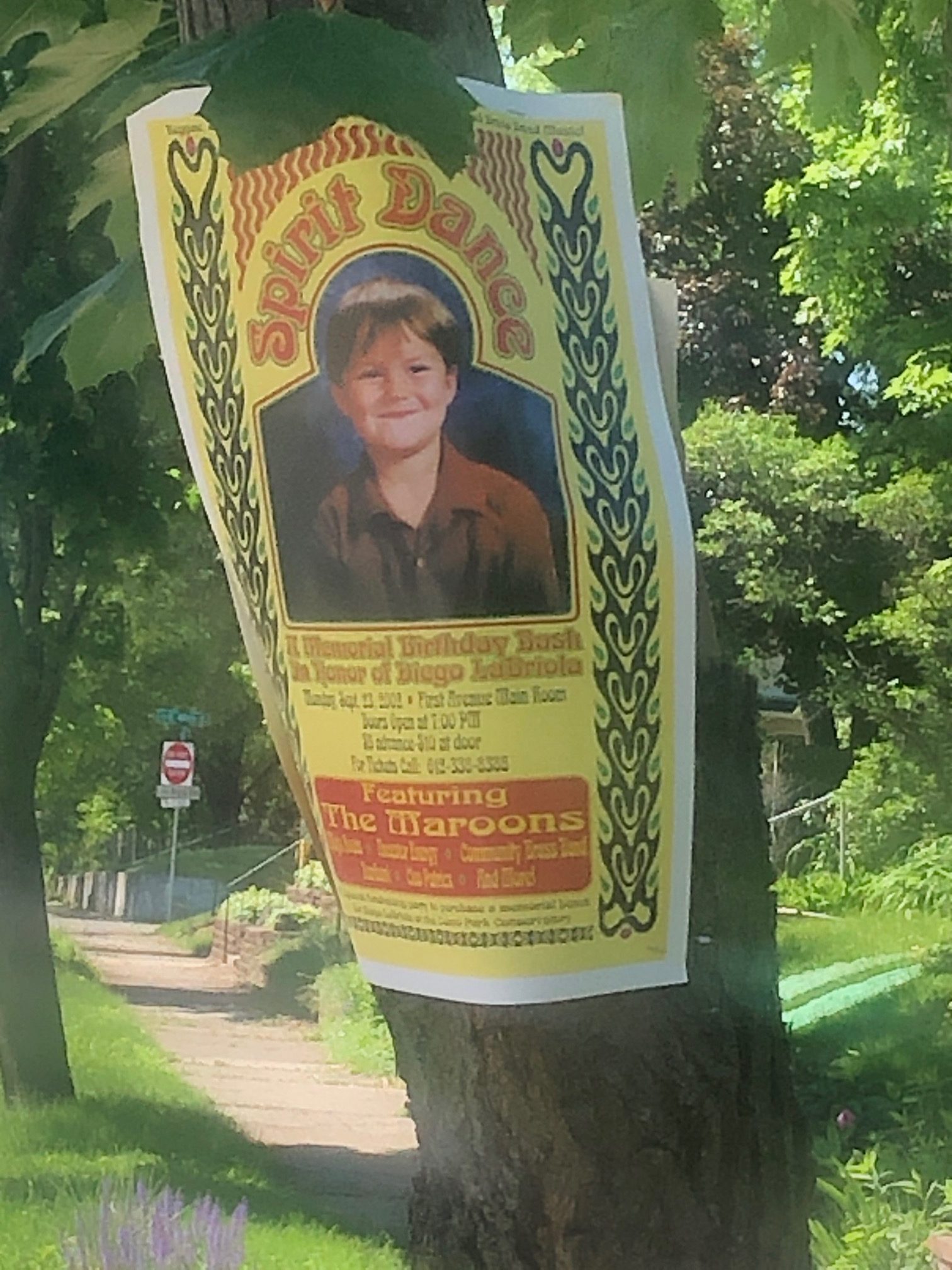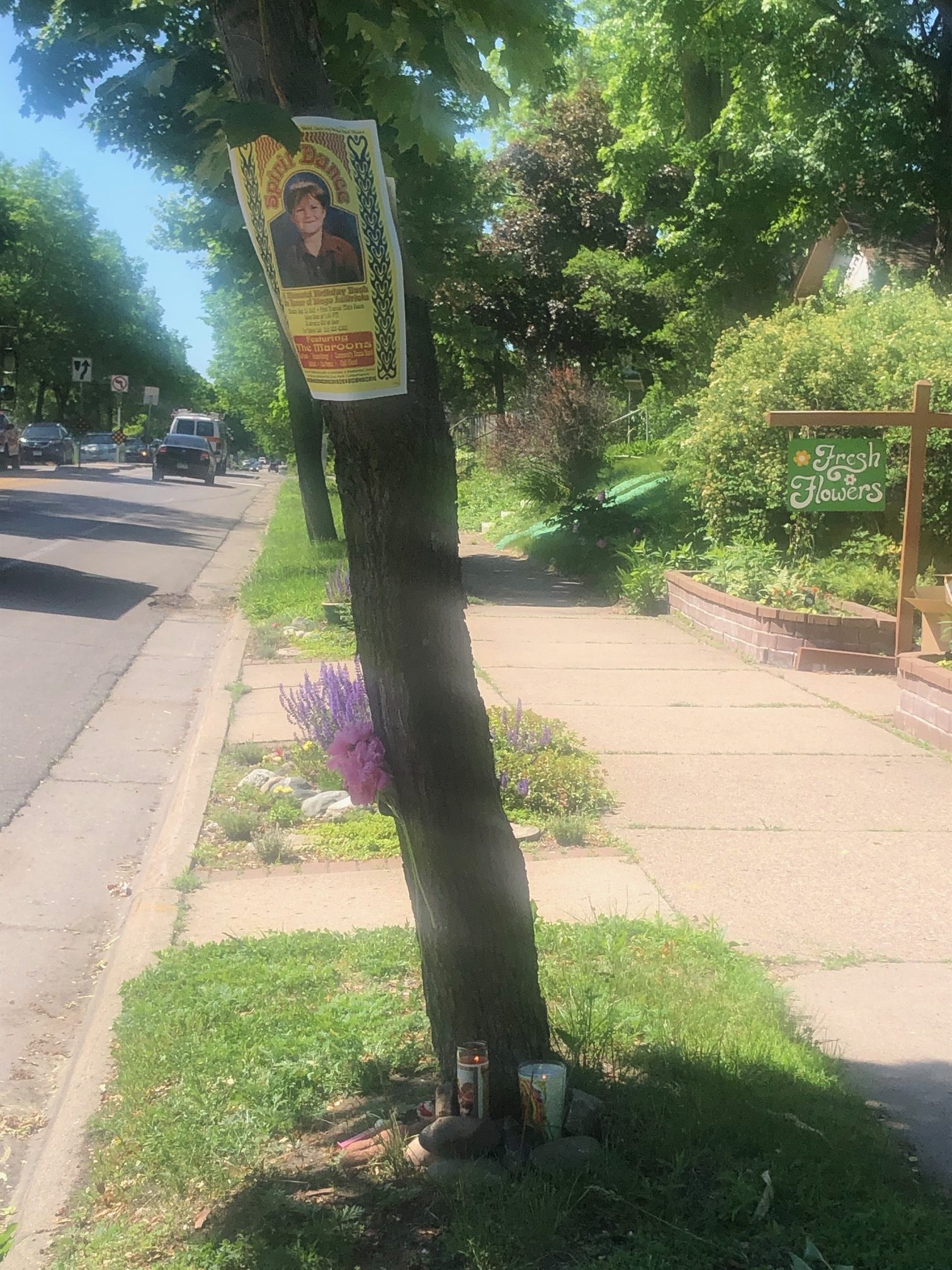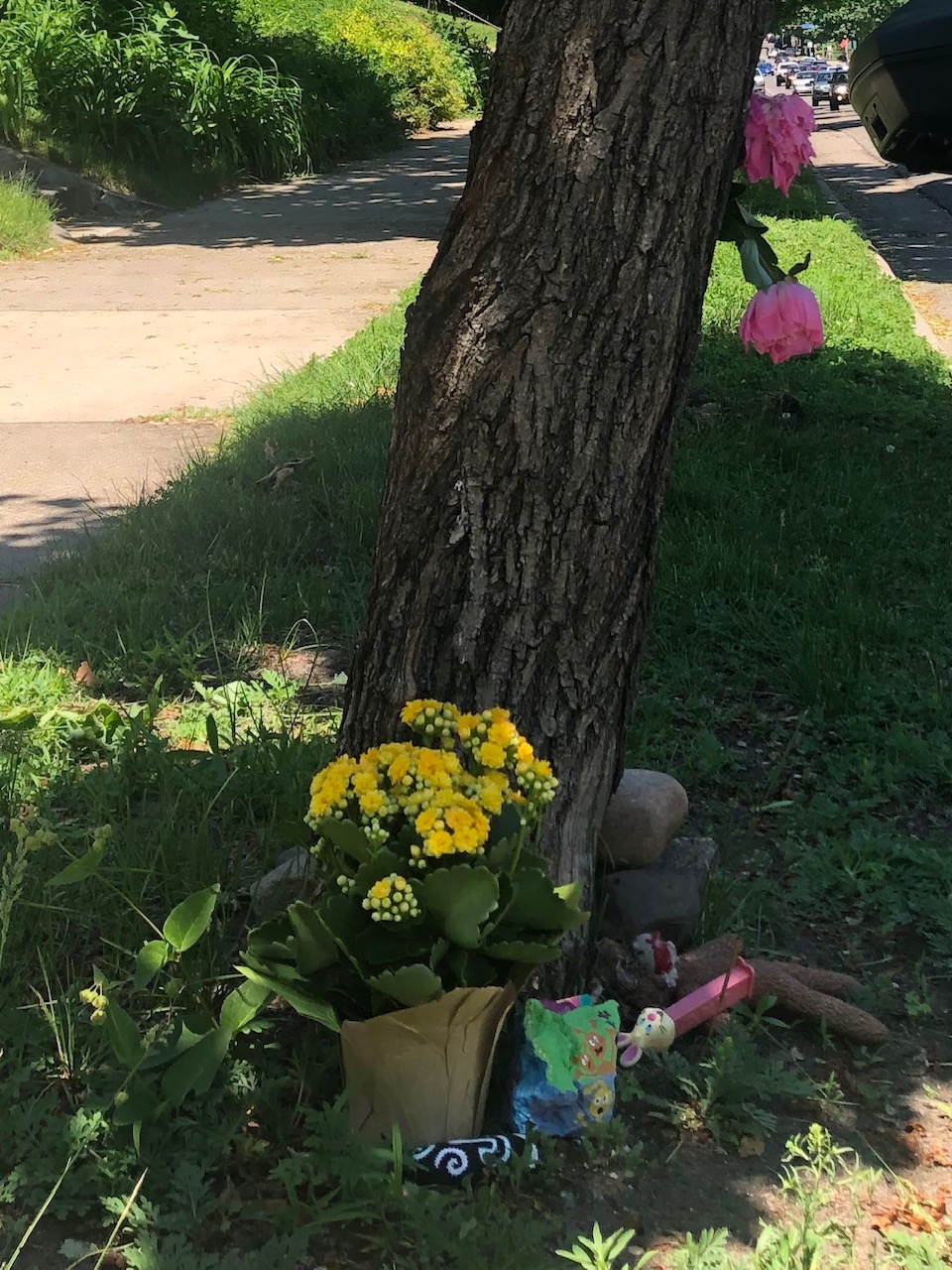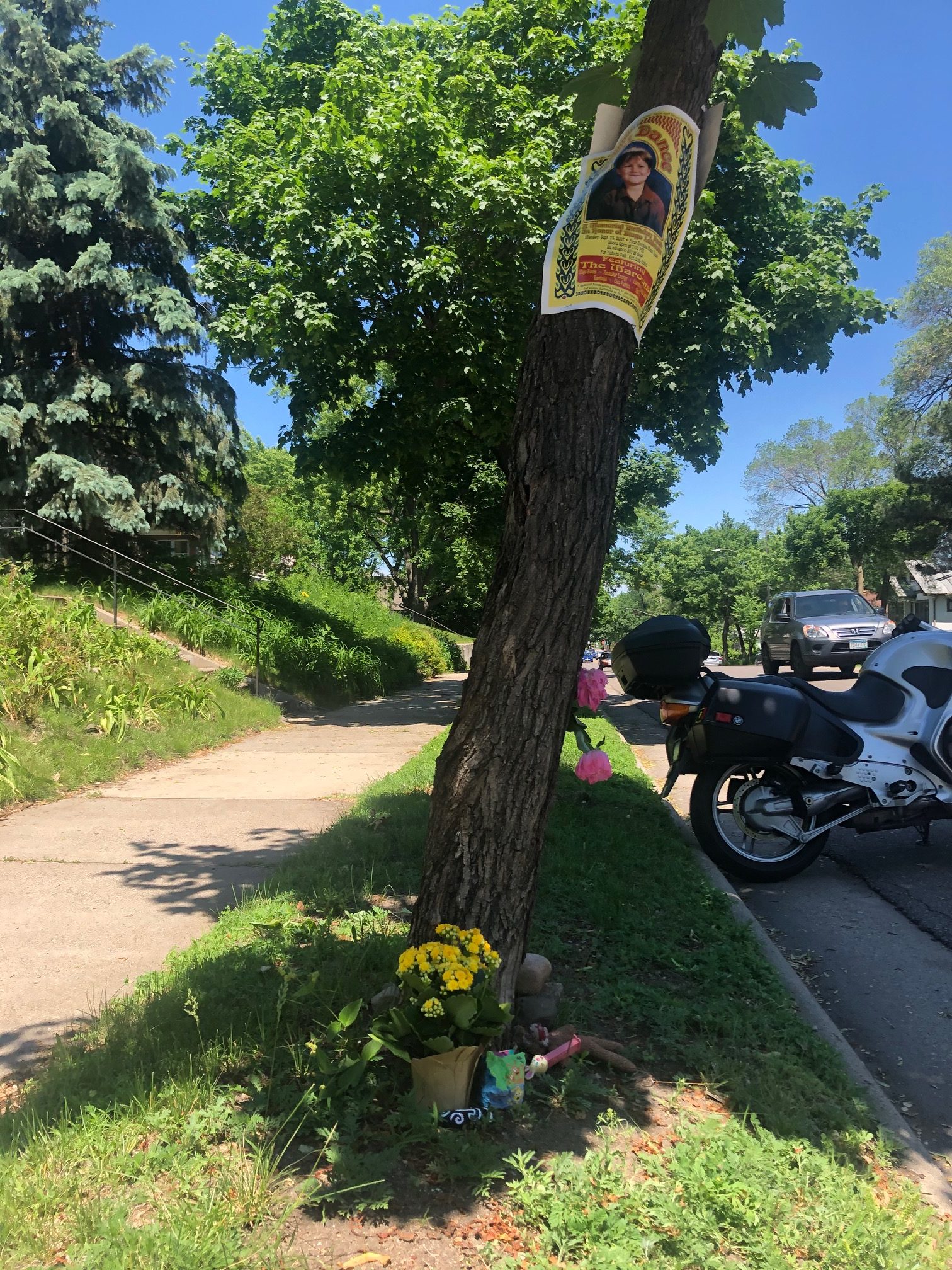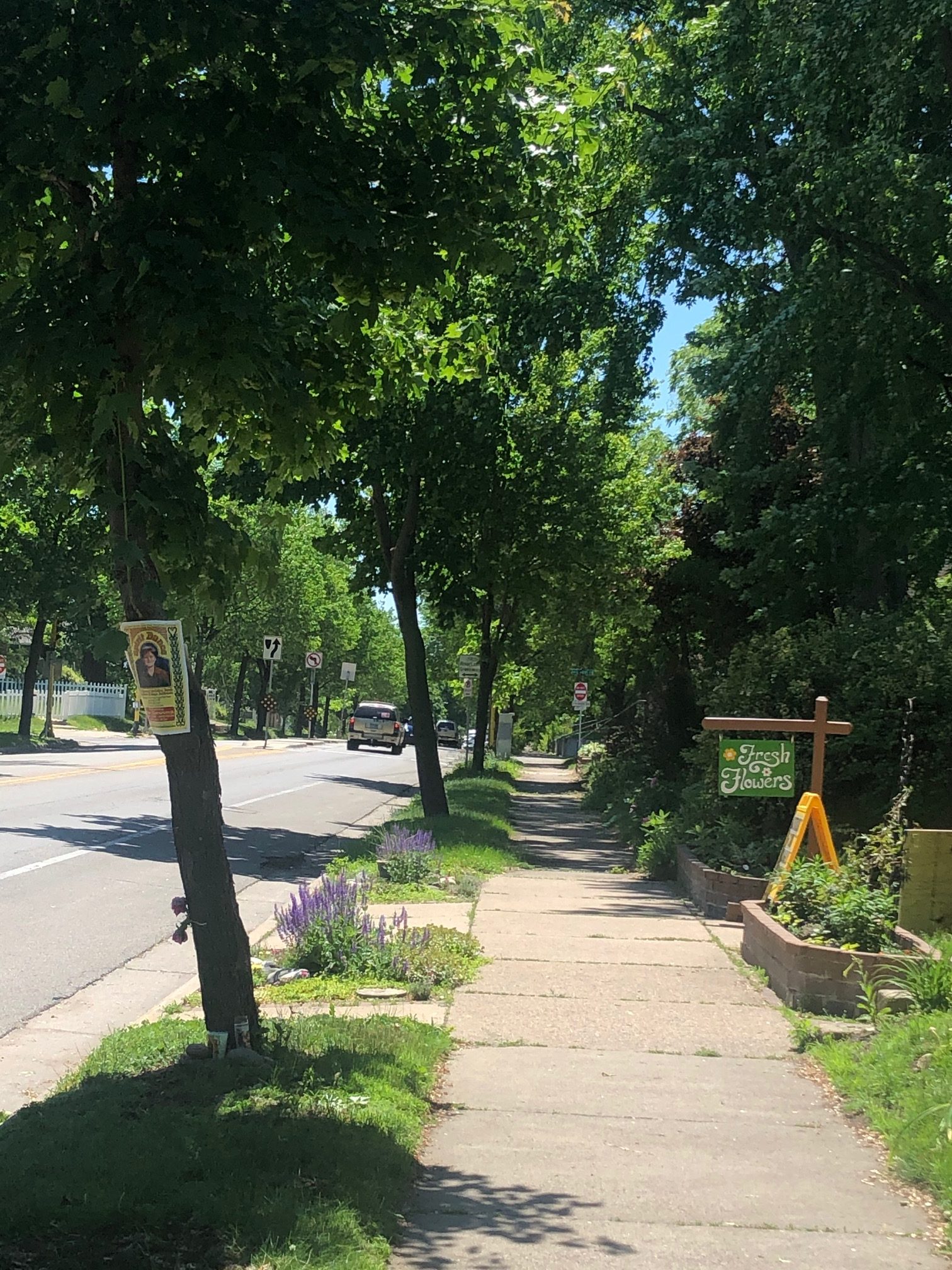Blog
Montgomery Bernard “Monty” Alexander (born 6 June 1944) is a Jamaican jazz pianist. His playing has a Caribbean influence and bright swinging feeling, with a strong vocabulary of bebop jazz and blues rooted melodies. He was influenced by Louis Armstrong, Duke Ellington, Nat King Cole, Oscar Peterson, and Frank Sinatra. Alexander also sings and plays the melodica. He is known for his surprising musical twists, bright rhythmic sense, and intense dramatic musical climaxes. Monty’s recording career has covered many of the well known American songbook standards, jazz standards, pop hits, and Jamaican songs from his original homeland. Alexander has resided in New York City for many years and performs frequently throughout the world at jazz festivals and clubs.
Alexander was born on 6 June 1944 in Kingston, Jamaica. He discovered the piano when he was four years old and seemed to have a knack for picking melodies out by ear. His mother sent him to classical music lessons at the age of six and he became interested in jazz piano at the age of 14. He began playing in clubs, and on recording sessions by Clue J & His Blues Blasters, subbing for Aubrey Adams, whom he describes as his hero, when he was unable to play. Two years later, he directed a dance orchestra (Monty and the Cyclones) and played in the local clubs covering much of the 1960s early rock and pop dance hits. Performances at the Carib Theater in Jamaica by Louis Armstrong and Nat King Cole left a strong impression on the young pianist.
Alexander and his family moved to Miami, Florida, in 1961, where he played in various nightclubs. One night Monty was brought to the attention of Frank Sinatra and Frank’s friend Jilly Rizzo. They were there to see the act in the next room, a Sinatra imitator. Somebody suggested they also check out the kid playing piano in the front room bar, “He’s swinging the room pretty good” they said. Thus, Monty was invited to New York City in 1962 to become the house pianist for Jilly Rizzo‘s night club and restaurant simply called “Jilly’s.” In addition to performing with Frank Sinatra there,Alexander also met and became friends with bassist Ray Brown and vibist Milt Jackson. He also became friendly with Miles Davis, both men sharing a love of watching boxing matches.
In Los Angeles, in 1964, Alexander recorded his first album, Alexander the Great, for Pacific Jazz at the age of 20. The album was very energetic and upbeat with the climax tune being “Blues for Jilly”.
more...Bongos Ikwue, the music legend was born in Otukpo, Benue State, Nigeria, on the 6th of June 1942. In 1956, he attended St, Paul’s Secondary school in Zaria, Nigeria, where his friends called him “Forge” because he was always making up (forging) and singing his own songs. In 1962, While at Okene Comprehensive Secondary School, he formed a group called Cubana Boys with two other young boys, after which he headed off to the Ahmadu Bello University (ABU), also in Zaria, Kaduna State, where he studied Business Administration.
While in ABU, he created his own band, called UniBello Brothers and also sang in a folk group, which was made up of university lecturers during which time, a chemistry lecturer, Mrs. Harmony taught him some Irish songs. In 1967 he founded and headed the Groovies band, which became extremely popular in the 1970’s through to the 80’s.
Many love him for his soulful, folksy songs, the most popular of which includes: Cockcrow At Dawn, Still Searching, Amen, Otachikpokpo and a host of others. His dedication to his music was obvious due to the high quality of the albums he churned out, and due to the sheer elegance and the electrifying energy of his live performances, where the band was always on key, and the musician himself was always true to every note. His ability to stay on the right note is an indicator of his hard work as a musician.
Apart from the raw beauty of his finely honed voice, another thing that set the musical genius apart is his dedication to the promotion of Africa and African values, by his continuous use of his native Idoma language in his songs. He is well loved by a vast majority of Nigerians with a fan base that cuts across language barriers and ethnic tension; he also has an international fan base. This is mainly because Bongos’ music genre is not easily deciphered. He is also a master of the African ideals he chooses to express.
Bongos Ikwue was always original; he never tried to imitate any artist, local or international and focused on perfecting his chosen genre. He takes his time in the studio in order to affect the perfect melody for his songs, often rewriting his music until it was exactly right. The icon never rushed to produce any song and it is this conscientiousness that ensured that he produced hit after hit without fail.
more...Grant Green (June 6, 1935 – January 31, 1979) was an American jazz guitarist and composer.
Recording prolifically for Blue Note Records as both leader and sideman, Green performed in the hard bop, soul jazz, bebop, and Latin-tinged idioms throughout his career. Critics Michael Erlewine and Ron Wynn write, “A severely underrated player during his lifetime, Grant Green is one of the great unsung heroes of jazz guitar … Green’s playing is immediately recognizable – perhaps more than any other guitarist.” Critic Dave Hunter described his sound as “lithe, loose, slightly bluesy and righteously groovy”. He often performed in an organ trio, a small group with an organ and drummer.
Apart from guitarist Charlie Christian, Green’s primary influences were saxophonists, particularly Charlie Parker, and his approach was therefore almost exclusively linear rather than chordal. He thus rarely played rhythm guitar except as a sideman on albums led by other musicians. The simplicity and immediacy of Green’s playing, which tended to avoid chromaticism, derived from his early work playing rhythm and blues and, although at his best he achieved a synthesis of this style with bop, he was essentially a blues guitarist and returned almost exclusively to this style in his later career.
Grant Green was born on June 6, 1935 in St. Louis, Missouri to John and Martha Green. His father was at various times a laborer and a Saint Louis policeman.
Green first performed in a professional setting at the age of 13 as a member of a gospel music ensemble. His influences were Charlie Christian, Charlie Parker, Lester Young, and Jimmy Raney, he first played boogie-woogie before moving on to jazz. His first recordings in St. Louis were with tenor saxophonist Jimmy Forrest for the United label, where Green played alongside drummer Elvin Jones. Green recorded with Jones for several albums in the mid-1960s. In 1959, Lou Donaldson discovered Green playing in a bar in St. Louis hired him for his touring band. Green moved to New York a some point during 1959–60.
more...James Melvin Lunceford (June 6, 1902 – July 12, 1947) was an American jazz alto saxophonist and bandleader in the swing era. Lunceford was born on a farm in the Evergreen community, west of the Tombigbee River, near Fulton, Mississippi. The 53 acre farm was owned by his father, James. His mother was Idella (“Ida”) Shumpert of Oklahoma City, an organist of “more than average ability”. Seven months after James Melvin was born, the family moved to Oklahoma City. The family next moved to Denver where Lunceford went to high school and studied music under Wilberforce J. Whiteman, father of Paul Whiteman, whose band was soon to acquire a national reputation. As a child in Denver, he learned several instruments. After high school, Lunceford continued his studies at Fisk University. In 1922, he played alto saxophone in a local band led by the violinist George Morrison which included Andy Kirk, another musician destined for fame as a bandleader.
more...The most important month in the Tibetan lunar calendar is Saga Dawa, the 4th month. This year Saga Dawa starts on May 23, 2020, and runs until June 21.
The 15th day of this lunar month, the full moon day is called. Düchen means “great occasion” and this day is the holiest day of the year for Tibetan Buddhists. This year, Saga Dawa Düchen falls on June 5, 2020. Saga Dawa Düchen commemorates the birth, enlightenment, and parinirvana of Buddha Shakyamuni. In other Buddhist traditions, it is known as Vesak or is sometimes called Buddha Day.
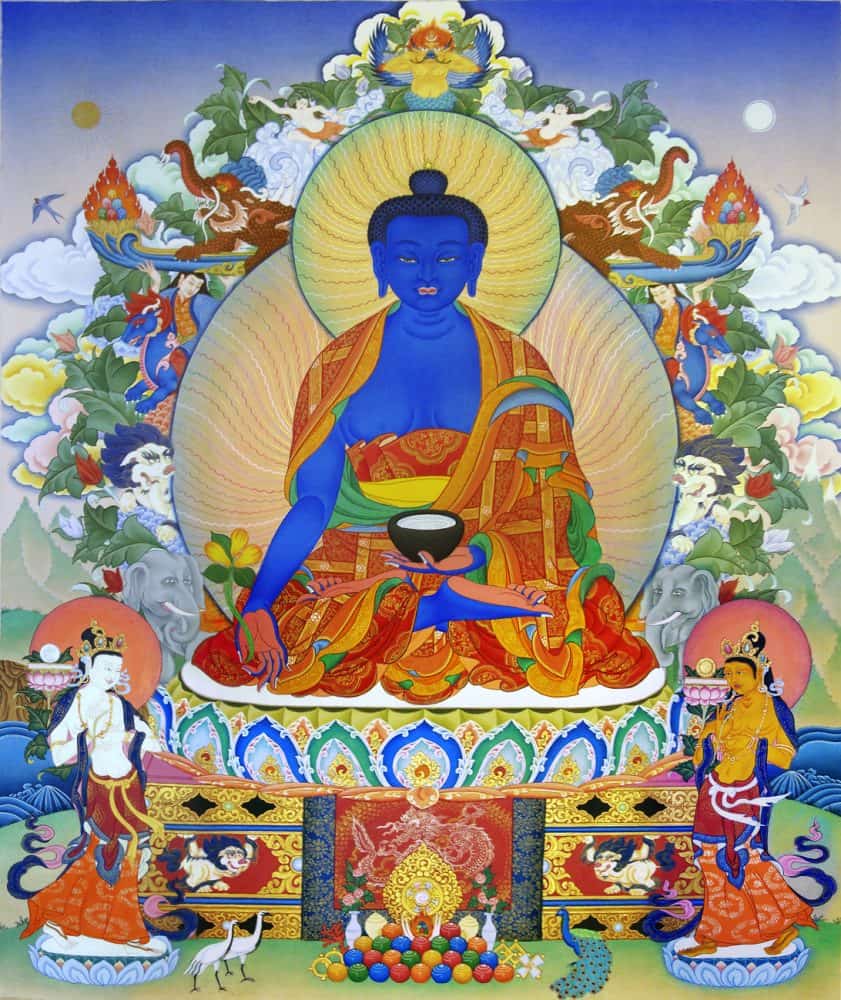
Memorial Vigil for Diego Friday 6-5-20 @ 3932 Cedar Ave S. Please visit the site and leave something for Diego or visit his web site https://diego-labriola.virtual-memorials.com
On June 2nd of 2002 Diego LaBriola was struck by a vehicle in front of 3932 Cedar Ave in south Minneapolis, Minnesota; and died on June 5th. Diego was an organ donor. Diego was a radiant beam of pure Love and inexhaustible energy. His excitement for life was as contagious as his beautiful smile. One could see the unfolding Love of the Universe while gazing in his intense eyes.
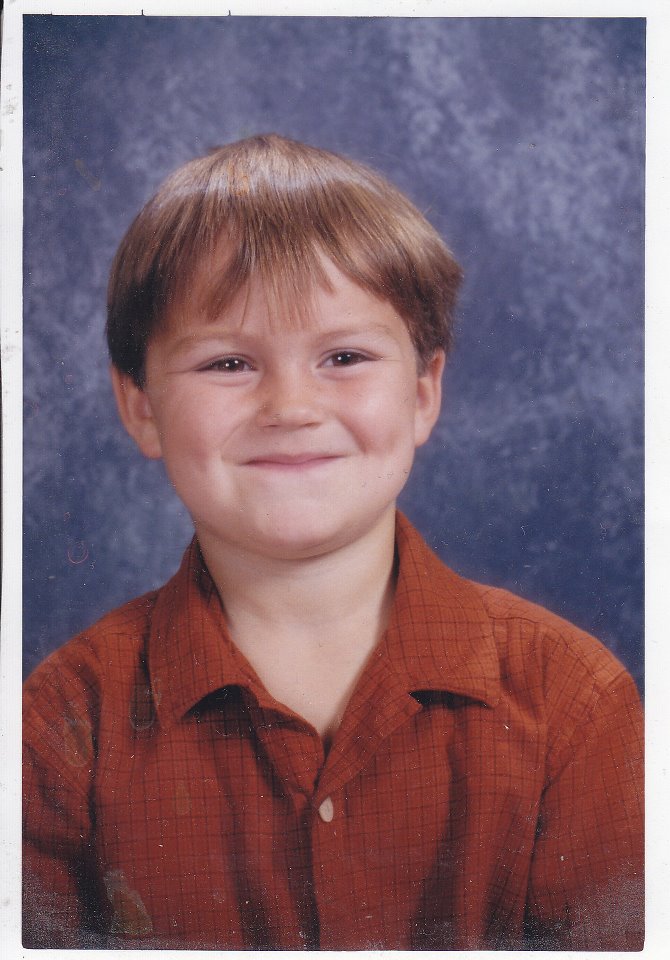
Messier 81 (also known as NGC 3031 or Bode’s Galaxy) is a grand design spiral galaxy about 12 million light-years away, with a diameter of 90,000 light years, about half the size of the Milky Way, in the constellation Ursa Major. Due to its proximity to Earth, large size, and active galactic nucleus(which harbors a 70 million M☉ supermassive black hole), Messier 81 has been studied extensively by professional astronomers. The galaxy’s large size and relatively high brightness also makes it a popular target for amateur astronomers.
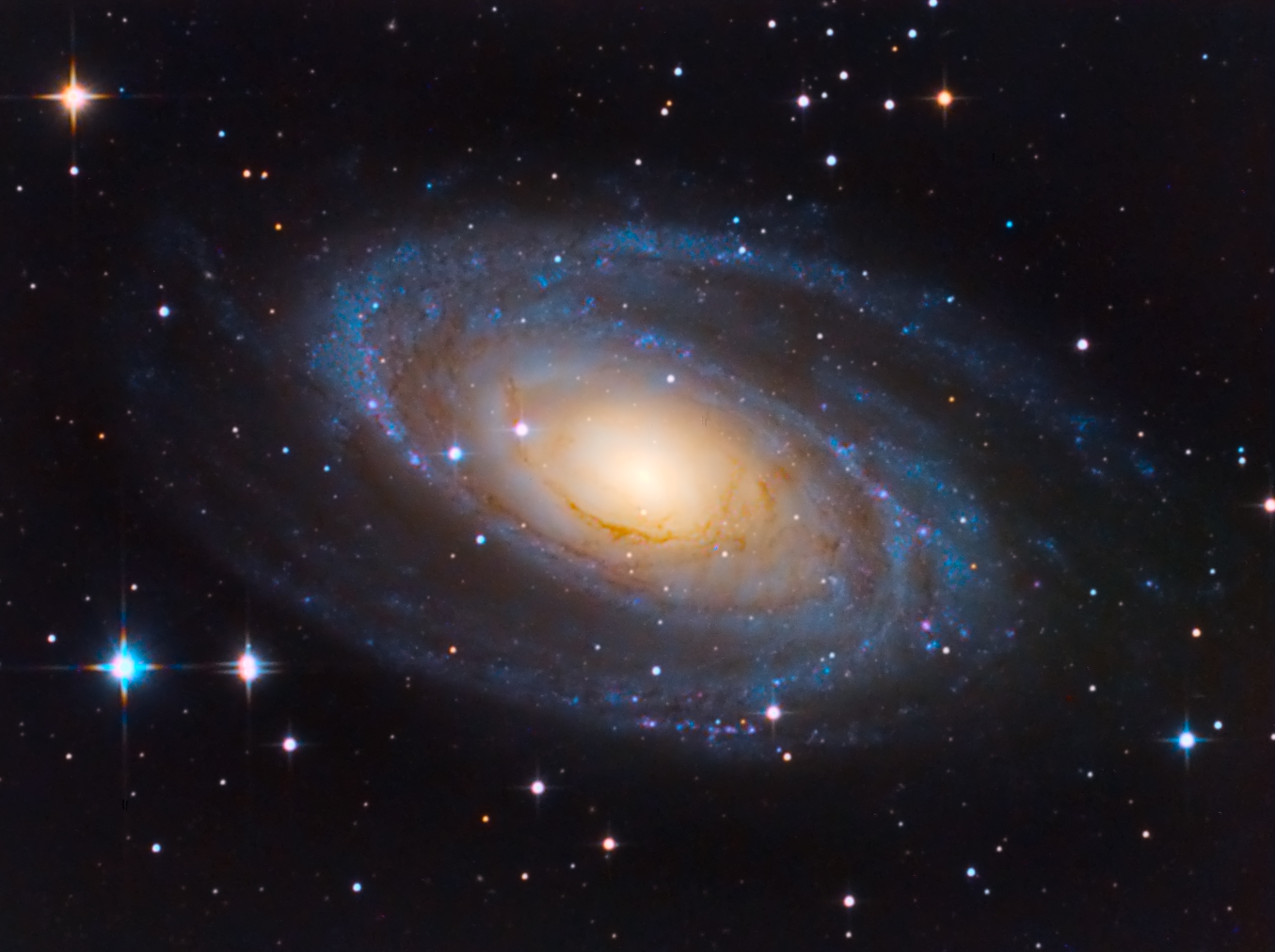
Peter Erskine (born June 5, 1954) is an American jazz drummer who was a member of the jazz fusion groups Weather Report and Steps Ahead. Erskine was born in Somers Point, New Jersey, US. He began playing the drums at the age of four. He graduated from the Interlochen Arts Academy in Michigan, then studied percussion at Indiana University. His professional music career started in 1972 when he joined the Stan Kenton Orchestra. After three years with Kenton, he joined Maynard Ferguson for two years. In 1978 he joined Weather Report,joining Jaco Pastorius in the rhythm section. After four years and five albums with Weather Report and the Jaco Pastorius big band Word of Mouth, he joined Steps Ahead.
more...Jerry González (June 5, 1949 – October 1, 2018 NY, NY) was an American bandleader, trumpeter and percussionist of Puerto Rican descent. Together with his brother, bassist Andy González, he played an important role in the development of Latin jazz during the late 20th century. During the 1970s, both played alongside Eddie Palmieri and in Manny Oquendo‘s Conjunto Libre, and from 1980 to 2018 they directed The Fort Apache Band. From 2000 to 2018, Jerry González resided in Madrid, where he fronted Los Piratas del Flamenco and El Comando de la Clave. In October 2018, he died of a heart attack after a fire in his home in Madrid.
In the long run of his career, González performed and recorded with musicians such as Jaco Pastorius, Tito Puente, McCoy Tyner, Dizzy Gillespie, Chet Baker, Eddie Palmieri, Cachao López, Woody Shaw, Tony Williams, Larry Young, Freddie Hubbard, Brooklyn Philharmonic, Archie Shepp, Paco de Lucía, George Benson, Chico O’Farrill, The Beach Boys, Papo Vázquez, Ray Barretto, Bobby Paunetto, Chocolate Armenteros, Hilton Ruíz, Chico Freeman, Don Moye, José “Chombo” Silva, Rashied Ali, Paquito D’Rivera, Kenny Vance, Diego El Cigala, Enrique Morente, Santi Debriano and Steve Turre.
more...
Laura Phillips Anderson (born June 5, 1947) is an American avant-garde artist, composer, musician and film director whose work spans performance art, pop music, and multimedia projects. Initially trained in violin and sculpting, Anderson pursued a variety of performance art projects in New York during the 1970s, focusing particularly on language, technology, and visual imagery. She became more widely known outside the art world when her single “O Superman” reached number two on the UK singles chart in 1981. She also starred in and directed the 1986 concert film Home of the Brave.
Anderson is a pioneer in electronic music and has invented several devices that she has used in her recordings and performance art shows. In 1977, she created a tape-bow violin that uses recorded magnetic tape on the bow instead of horsehair and a magnetic tape head in the bridge. In the late 1990s, she collaborated with Interval Research to develop an instrument she called a “talking stick”, a six-foot (1.8 m) long baton-like MIDIcontroller that can access and replicate sounds.
Anderson met singer-songwriter Lou Reed in 1992, and was married to him from 2008 until his death in 2013.
more...Pete Jolly (born Peter A. Ceragioli Jr., June 5, 1932 – November 6, 2004) was an American West Coast jazz pianist and accordionist. He was well known for his performance of television themes and various movie soundtracks.
Jolly began playing the accordion at age three, and appeared on the radio program Hobby Lobby at the age of seven. He was raised in Phoenix, Arizona, a hotbed of jazz at the time. One of his best friends and collaborators in Phoenix was guitarist Howard Roberts, whom he met at the age of 13. Following Roberts to Los Angeles in 1952, he immediately began working with the best players on the West Coast jazz scene, including Shorty Rogers. He moved easily into studio and session work. Besides his brilliance on the piano, he was a virtuoso on accordion.
His composition “Little Bird” (a minor hit on Fred Astaire‘s Ava Records) was nominated for a Grammy Award in 1963, and he formed the Pete Jolly Trio in 1964. With the Trio and as a solo artist, he recorded several albums. One of the last was a collaboration with Jan Lundgren in 2000. His final album, It’s a Dry Heat, was recorded in Phoenix in May 2004 shortly before his death. He worked with Buddy DeFranco, Art Pepper, and Red Norvo, and for many years with music arranger and director Ray Conniff and Herb Alpert, recording on Alpert’s record label, A&M as both sideman and leader.
https://www.youtube.com/watch?v=5QtnVtKrjQU&t=40s
more...The Petenera is a flamenco palo in a 12-beat metre, with strong beats distributed as follows: [12][1][2][3][4][5][6][7][8][9][10][11]. It is therefore identical with the 16th century Spanish dances zarabanda and the jácara.
The lyrics are in 4-line stanzas.
It is believed to be a very old style of song, as it was already mentioned by writer Serafín Estébanez Calderón in the mid 19th century, and the adherence to the rhythm of the old zarabanda seems to confirm its age. Several theories have been suggested as to its origin, although there is not enough evidence to sustain any of them unerringly:
- Theory of Paterna. This popular theory sustains that this palo originated in the town of Paterna de Rivera in the province of Cádiz. According to a legend, the name of the song refers to a cantadora (woman singer) called “La Petenera”, who was born there. She was reported to be, owing to her seduction power, the “damnation of men”. The name “Petenera” would be a phonetic corruption of “Paternera” (born in Paterna). This theory was sustained by folklorist Demófilo.
- Theory of the Jewish origin. According to this theory, suggested by flamencologist Hipólito Rossy, the petenera originated in the songs of Sephardi Jews. He even assured that Sephardi Jews in the Balkans still sang the lyrics that contain the verse of the Petenera as the “damnation of men”
- Some modern theories situate the origin of the Petenera in Petén, a department (administrative region) of Guatemala
more...
https://www.youtube.com/watch?v=0LRlmCko58o
more...Sharp telescopic views of NGC 3628 show a puffy galactic disk divided by dark dust lanes. Of course, this deep portrait of the magnificent, edge-on spiral galaxy puts some astronomers in mind of its popular moniker, the Hamburger Galaxy. It also reveals a small galaxy nearby, likely a satellite of NGC 3628, and a faint but extensive tidal tail. The drawn out tail stretches for about 300,000 light-years, even beyond the right edge of the wide frame. NGC 3628 shares its neighborhood in the local universe with two other large spirals M65 and M66 in a grouping otherwise known as the Leo Triplet. Gravitational interactions with its cosmic neighbors are likely responsible for creating the tidal tail, as well as the extended flare and warp of this spiral’s disk. The tantalizing island universe itself is about 100,000 light-years across and 35 million light-years away in the northern springtime constellation Leo.
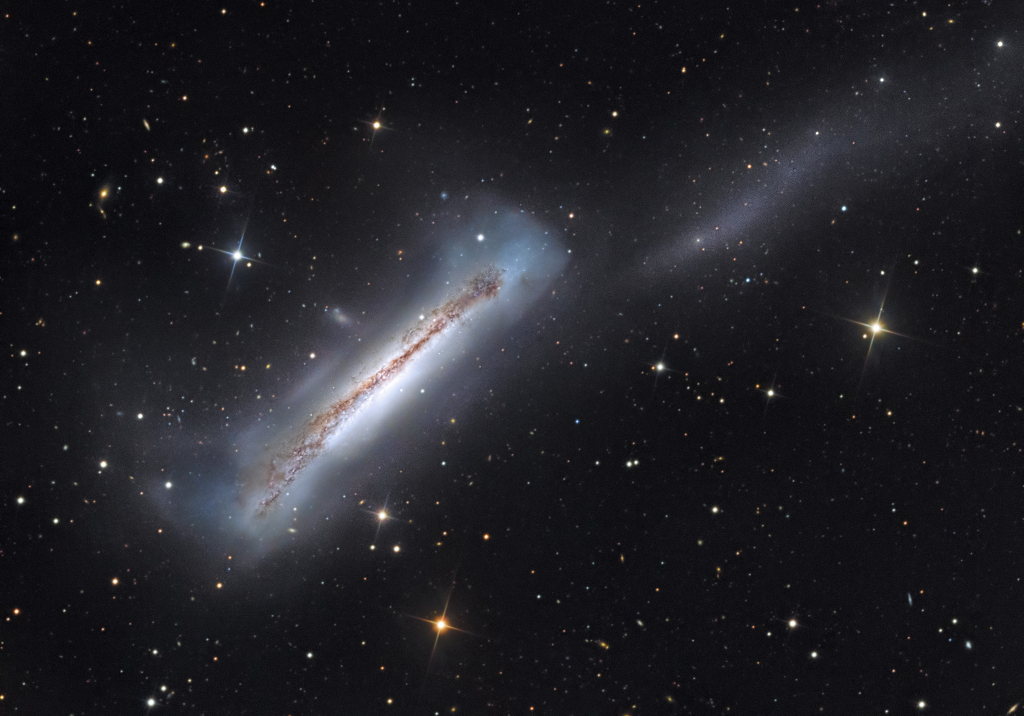
Michelle Phillips (born Holly Michelle Gilliam; June 4, 1944) is an American singer, songwriter, actress, and former model. She rose to fame as a vocalist in the musical quartet the Mamas and the Papas in the mid-1960s. Phillips garnered critical acclaim for her voice, which was deemed by Timemagazine as the “purest soprano in pop music.” She later established a successful career as an actress in film and television in the 1970s. Phillips is the last surviving original member of the Mamas and the Papas.
A native of Long Beach, California, she spent her early life in Los Angeles and Mexico City, raised by her widowed father. While working as a model in San Francisco, she met and married John Phillips in 1962 and went on to co-found the vocal group the Mamas and the Papas in 1965. The band rose to fame with their popular singles “California Dreamin’” and “Creeque Alley“, both of which she co-wrote. They released five studio albums before their dissolution in 1970. With John Phillips, she gave birth to a daughter, singer Chynna Phillips.
After the breakup of the Mamas and the Papas and her divorce from John Phillips, she transitioned into acting, appearing in a supporting part in The Last Movie (1971) before being cast as Billie Frechette in the critically acclaimed crime biopic Dillinger (1973), for which she was nominated for a Golden Globe Award for Most Promising Newcomer. In 1974, she had lead roles in two television films: the crime feature The Death Squad, and the teen drama The California Kid, in the latter of which she starred opposite Martin Sheen. She went on to appear in a number of films throughout the remainder of the 1970s, including Ken Russell‘s Valentino (1977), playing Natacha Rambova, and the thriller Bloodline (1979). She released her only solo album, Victim of Romance, in 1977.
Phillips appeared in a number of films in the 1980s, first in the comedy The Man with Bogart’s Face (1980). The following year, she co-starred with Tom Skerritt in the nature-themed horror film Savage Harvest (1981), followed by the television films Secrets of a Married Man (1984) and The Covenant (1985). In 1987, she joined the cast of the series Knots Landing, portraying Anne Matheson, the mother of Paige Matheson (portrayed by Nicollette Sheridan) until the series’ 1993 conclusion.
She subsequently had supporting roles in the comedy film Let It Ride (1989) and the psychological thriller Scissors (1991). Phillips continued to appear in independent films after the millennium, with supporting parts in Jane White is Sick and Twisted (2002) and Kids in America (2005) and had recurring guest roles in the television series That’s Life (2001–2002) and 7th Heaven (2001–2004). She was an outspoken critic of the Bush administration in the mid-2000s and has also advocated the legalization of recreational cannabis.
https://www.youtube.com/watch?v=7zev_iPpqsY
more...More Posts
- Temple Israel Tot Shabbat
- Friday the 13th 2024
- Cosmos Rho Ophiuchi
- Bill Monroe
- Chu Berry
- Arnold Schoenberg
- Flamenco Fridays Olga Pericet
- Daily Roots Declaration of Rights (Get Up & Fight)
- Cosmos NGC 1333
- Neil Peart
- Maria Muldaur
- “Papa” John DeFrancesco
- World Music Jawa
- Daily Roots Joe Higgs
- 911 Memorial 2024
- Cosmos M42
- Mickey Hart
- Leo Kottke
- Victor Wooten
- Hiram Bullock
